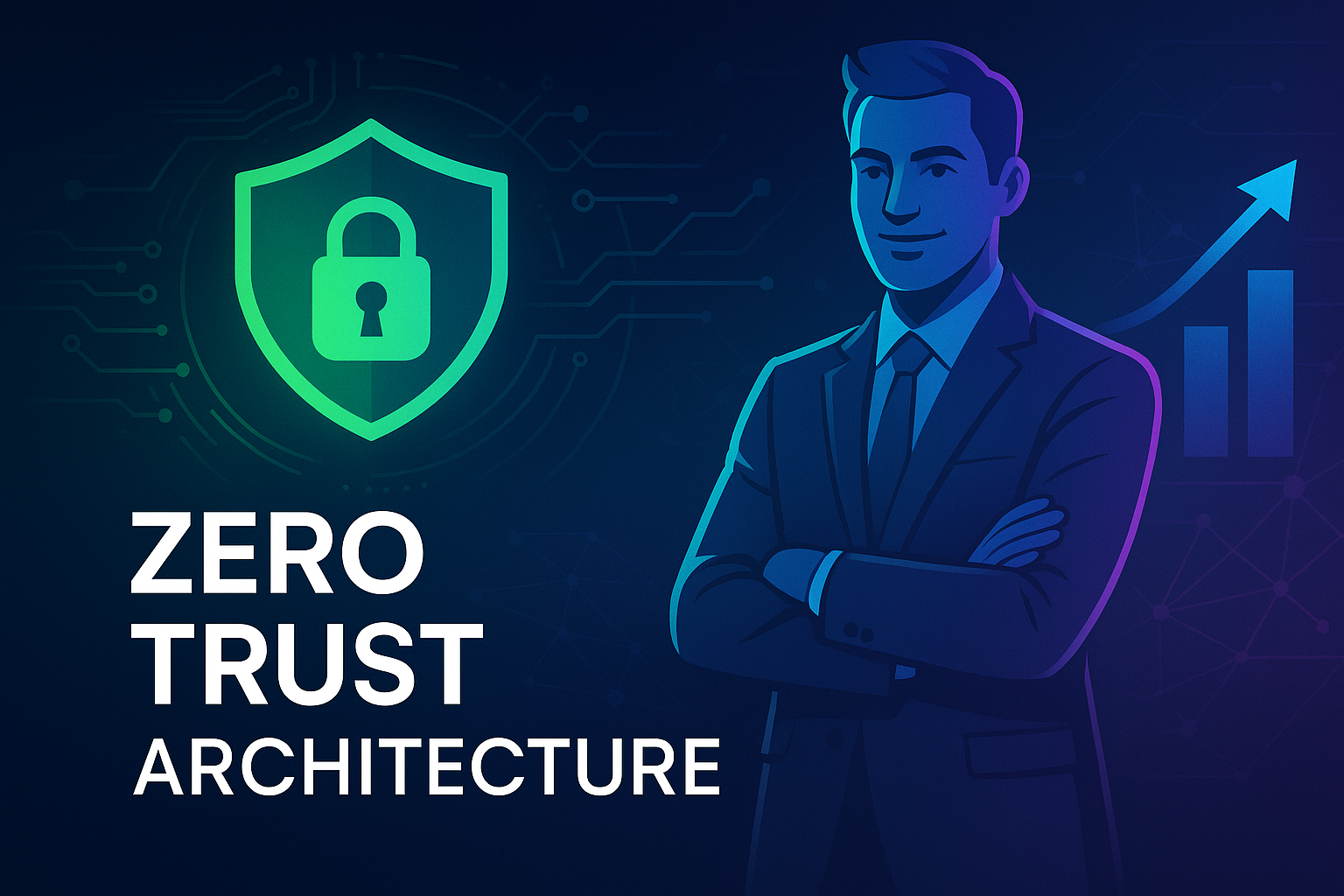Profiling and Detecting Malicious DNS Traffic: A Comprehensive Guide for Enhanced Cybersecurity
As the digital landscape evolves, so do the techniques deployed by malicious actors. One of the most insidious methods of cyber intrusion is through malicious DNS traffic. Understanding, profiling, and detecting these threats are paramount for businesses today. This article dives deep into the intricacies of malicious DNS traffic and provides robust solutions to combat these threats effectively.
Understanding DNS and Its Role in Cyber Threats
The Domain Name System (DNS) functions like the internet’s phonebook, translating human-friendly domain names into IP addresses. However, its ubiquity and fundamental role in internet operations make it a prime target for cybercriminals. Malicious DNS traffic can be exploited for various nefarious purposes, such as data exfiltration, command and control (C2) communication in botnets, phishing, and more.
Common Techniques Exploiting DNS
- DNS Tunneling: Utilizes DNS to encode data and transmit it through queries and responses, often bypassing perimeter defenses.
- Fast Flux Networks: Frequently changing DNS records to hide malware delivery points, making it difficult to track and shut down.
- DNS Hijacking: Redirecting DNS queries to malicious sites, often leading to phishing attacks or malware infections.
Detecting Malicious DNS Traffic: A Multi-faceted Approach
Profiling and detecting malicious DNS traffic require a combination of advanced tools and strategies. Here’s a breakdown of the most effective techniques:
1. Enhanced Visibility and Monitoring
Understanding normal DNS traffic patterns aids in identifying anomalies. Implementing a SOC as a Service (SOCaaS) 24×7 provides continuous monitoring and rapid response to threats.
2. Deploying Advanced Threat Detection Solutions
Tools like EDR, XDR, and MDR are crucial for identifying malicious activities. These solutions provide endpoint and network-level visibility, making it easier to detect and respond to threats.
3. Implementing Next Generation Firewalls (NGFW)
Integrating a Next Generation Firewall bolsters traditional firewalls by adding application awareness and control, integrated intrusion prevention, and cloud-delivered threat intelligence.
4. Leveraging DNS Security Extensions (DNSSEC)
DNSSEC protects against DNS spoofing by ensuring DNS records are signed and verified, thus maintaining data integrity.
5. Cyber Threat Intelligence (CTI)
Incorporating Cyber Threat Intelligence (CTI) into your security infrastructure allows you to stay ahead of emerging threats by utilizing global threat data and insights.
Case Studies and Real-World Examples
Case Study 1: The Dyn Attack
In 2016, a massive DDoS attack targeted DNS provider Dyn, disrupting services for prominent websites like Twitter and Spotify. The attack utilized the Mirai botnet to perform DNS-based assaults, highlighting the vulnerabilities in DNS infrastructure.
Case Study 2: DNSpionage Campaign
In 2019, the DNSpionage campaign targeted several organizations in the Middle East, using DNS hijacking to redirect victims to malicious servers. This technique was employed to harvest credentials and gain unauthorized access to sensitive systems.
Hodeitek’s Services: Comprehensive Solutions for DNS Security
At Hodeitek, we offer an extensive range of cybersecurity services designed to protect your organization from malicious DNS traffic and other cyber threats. Here’s an overview of our key services:
EDR, XDR, and MDR
Our EDR (Endpoint Detection and Response), XDR (Extended Detection and Response), and MDR (Managed Detection and Response) services provide robust threat detection, continuous monitoring, and rapid incident response. These solutions are crucial for identifying and mitigating threats in real-time.
Next Generation Firewall (NGFW)
Our Next Generation Firewall (NGFW) solutions offer advanced security features, including application control, integrated intrusion prevention, and cloud-based threat intelligence, ensuring comprehensive protection against evolving threats.
Vulnerability Management as a Service (VMaaS)
Hodeitek’s VMaaS provides continuous assessment and remediation of vulnerabilities across your IT infrastructure, helping to minimize the attack surface and prevent exploitation of weaknesses.
SOC as a Service (SOCaaS) 24×7
Our SOCaaS delivers 24/7 monitoring, threat detection, and incident response, leveraging cutting-edge technologies and industry expertise to protect your organization from sophisticated cyber threats.
Industrial SOC as a Service (SOCaaS) 24×7
For industrial environments, our Industrial SOCaaS provides tailored security solutions that address the unique challenges of protecting critical infrastructure and operational technology (OT) systems.
Cyber Threat Intelligence (CTI)
Hodeitek’s CTI services deliver actionable intelligence to anticipate, detect, and mitigate cyber threats. By leveraging global threat data, we help you stay ahead of adversaries and protect your organization’s critical assets.
Data Loss Prevention (DLP)
Our DLP solutions protect sensitive data from unauthorized access and exfiltration, ensuring compliance with regulatory requirements and safeguarding your organization’s intellectual property.
Web Application Firewall (WAF)
Hodeitek’s WAF services protect web applications from common threats like SQL injection, cross-site scripting (XSS), and other vulnerabilities, ensuring the security and integrity of your online presence.
Embracing a Proactive Security Posture
To effectively combat malicious DNS traffic, organizations must adopt a proactive security posture. This involves continuous monitoring, advanced threat detection, and rapid response capabilities. Leveraging services such as SOC as a Service (SOCaaS) and Next Generation Firewalls (NGFW) provides the necessary tools and expertise to stay ahead of cyber threats.
Statistics and Trends
- According to a study by Cisco, DNS attacks affected 91% of organizations in 2023, highlighting the pervasive nature of this threat.
- Gartner predicts that by 2025, 75% of global organizations will have experienced a breach via DNS.
These statistics emphasize the importance of robust DNS security measures. By integrating CTI and deploying advanced solutions like EDR, XDR, and MDR, organizations can significantly reduce their risk exposure.
Conclusion
Profiling and detecting malicious DNS traffic is crucial for maintaining the security and integrity of your digital infrastructure. By implementing comprehensive security solutions and adopting a proactive approach, organizations can effectively mitigate these threats. At Hodeitek, we provide a wide range of cybersecurity services tailored to meet your needs. From Vulnerability Management as a Service (VMaaS) to Web Application Firewall (WAF) solutions, we equip your organization with the tools and expertise necessary to safeguard against DNS-based threats.
For more information on how Hodeitek can enhance your cybersecurity posture, contact us today. Together, we can build a resilient defense against cyber threats and ensure the safety of your critical assets.






